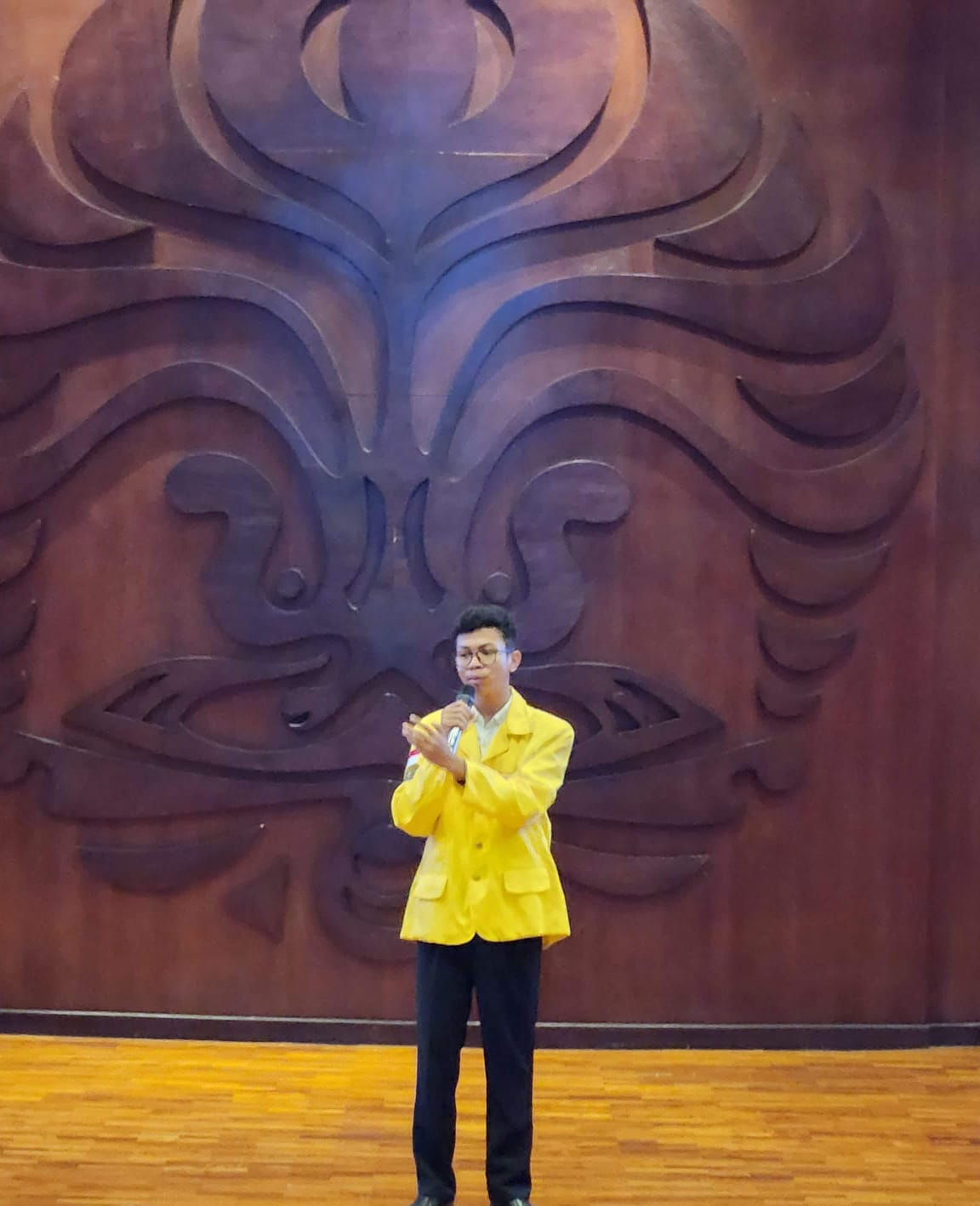Since 2013, Indonesian online media has started offering native advertising (advertising which designed like editorial content). The native advertising was not only for commercial purposes but also for political ideas. Among the biggest problem of native advertising is its potential in deceiving the audience. Theoretically, this research explains the current situation with the new capitalism theory of Richard Sennett, in combination with hypermodern theory of Lipovetsky.
This research also aims to see the production of native advertising. Practically, this research is expected to imply advertising regulation. In an attempt to produce a richness of data, this research use mixed-method, gathering data at the level of the producer (organization), advertiser, regulators, and audience. The result shows several findings. First, in the media, the production of native advertising involves both editorial department and marketing department. For this purpose, most of the media have middle division bridging both departments under different names, such as Brand Newsroom. The finding also finds that the popularity of native advertising has been rapidly growing up to 50% of advertising revenue, which lead the media to focus on this type of advertising and its peripheral activities, including offering activities which are outside the main work of the media, such as issue
management. Secondly, from the perspective of the advertiser, this type of advertising helps them getting their ideas across to the audience without media filtering and with minimum audience resistance. Thirdly, the regulator seems to lack behind the practice of the advertising, thus has not addressed native advertising specifically in their regulation. Fourth, from the audience perspective, this research shows the dangers of political native advertising, which has high potential in deceiving the audience. The findings of this research show some novelties.
First, theoretically, this research comes up with a revised-theory of new capitalism, explaining its basic tenets in the hypermodern age. Secondly, the findings show that instead of sustaining editorial firewall, today’s media opt for permeable wall by creating a hybrid division to boost its revenue.



